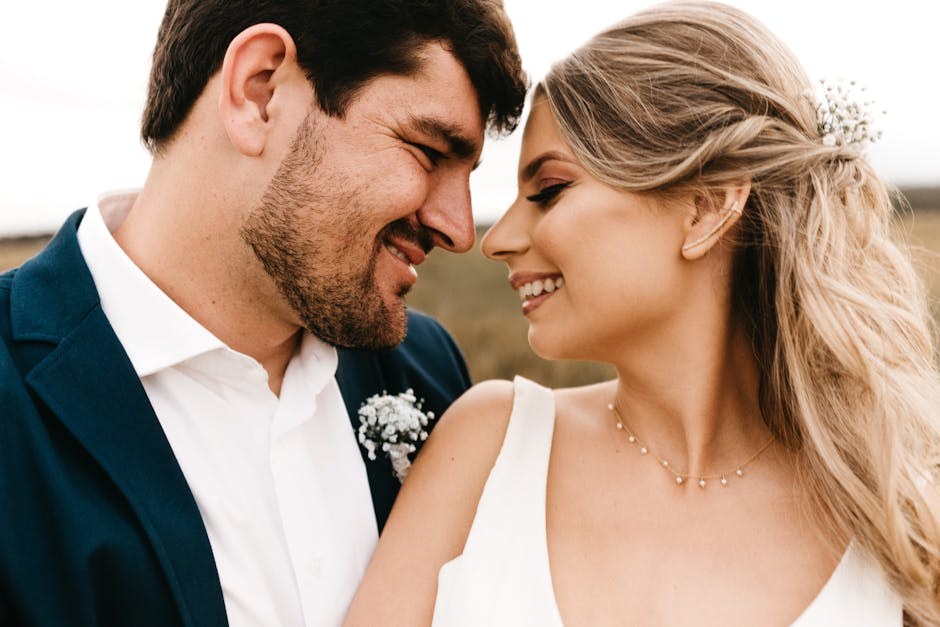Closeness is not a happy accident – it’s a daily choice to show up with your full heart. If you’ve ever felt safe behind a careful shell, you already know the trade-off: protection on the outside, isolation on the inside. Becoming emotionally available asks for courage rather than perfection, presence rather than performance. It means you let yourself be seen, heard, and known, even when your history whispers that distance is safer. If your goal is a richer connection with yourself and with someone you care about, learning to be emotionally available is the path that turns affection into trust and attraction into partnership.
What emotional distance really costs
Emotional distance can look like strength – steady voice, calm smile, tidy answers – yet it often hides fear. When you keep people at arm’s length, they can’t reach you, and you can’t be reached. The short-term payoff is obvious: fewer risks, fewer messy conversations, fewer moments where you don’t know what to say. But over time the bill arrives. Lovers feel like strangers, conflicts stall, tenderness dries up. Being emotionally available is not about becoming needy; it’s about choosing honest contact over polished performance.
Many people learn distance for good reasons. A painful breakup, a chaotic home, or a friendship that ended badly can teach your body to brace and your mind to script escape routes. Defense kept you afloat back then – and that deserves respect – but it may be steering your present day in circles. When you grow more emotionally available, you’re not erasing the past; you’re updating the rulebook so love has a chance right now.

A practical path to showing up
You do not need to transform overnight. Think of this as a series of repeatable moves that signal to yourself and to someone you care about: “I’m here, and I’m willing.” The following steps help you practice being emotionally available without overwhelming your system.
-
Find the root. If you struggle to open up, there is almost always a story underneath. Trace your pattern back: a betrayal, a loss, a season where you felt invisible. Name the moments that taught you to tighten. Language turns fog into something you can hold – and holding it is the first way you become more emotionally available.
-
Slow the pace. You don’t have to sprint toward intimacy. When closeness rises fast, your nervous system can sound alarms. Ease the throttle. Share at a pace that lets your body catch up with your intentions, and tell your partner what you’re doing. Slowing down is not avoidance; it’s how you stay emotionally available instead of bolting.

-
Lead with friendship. Friendship removes the pressure to perform romance and invites play, curiosity, and routine. Go for walks, cook together, swap favorite books. This foundation makes it easier to be emotionally available because you’re relating as whole people, not auditioning as ideals.
-
Choose depth over small talk. Surface chatter is painless but thin. Try conversations that reveal values and experiences: what shaped you, what you believe is fair, what home means. You’ll learn how the other person thinks and, just as important, how you do. Depth turns the act of speaking into the act of being emotionally available.
-
Make a clear commitment to openness. Intentions matter. Say out loud – to yourself first – that you are practicing vulnerability. Write it down. Revisit it when you wobble. A visible promise keeps you aligned when old habits tug, and it reminds your future self why being emotionally available is worth the effort.

-
Practice empathy in real time. When tension flares, pause and ask, “What might this feel like from their side?” You’re not surrendering your viewpoint; you’re widening the frame so compassion can enter. Empathy softens defensiveness and makes it safer for both of you to stay emotionally available during hard conversations.
-
Remember why they matter. Affection thrives when you notice what you cherish – their laugh, their steadiness, their bravery. Let that awareness guide your responses. When you act from care instead of fear, it becomes natural to be emotionally available because your actions match your feelings.
-
Play fair with disclosure. Reciprocity builds trust. If they share something tender and you offer only silence or jokes, the balance tilts. You get to decide your boundaries, but offer a comparable piece of yourself. Mutuality is the heartbeat of being emotionally available.
-
Own your part. You can’t control every emotion, but you can own your choices. If you shut down, name it. If you avoided a topic, admit it and circle back. Accountability signals reliability – and reliability is how partners experience you as emotionally available instead of unpredictable.
-
Allow time for change. New habits need repetition. Some days you’ll show up bravely; other days you’ll retreat. Measure progress by returns, not perfection: how quickly do you come back, repair, and try again? Patience keeps you emotionally available to the process, not just the outcome.
-
Face the fear of vulnerability. Identify the specific threat your mind predicts – rejection, ridicule, being used. Then reality-check it. Ask what evidence supports the fear and what evidence challenges it. Naming concrete fears helps you remain emotionally available because the unknown becomes addressable.
-
Journal what you won’t say out loud yet. Put the hard feelings on paper: jealousy, hope, grief, longing. Private pages are a rehearsal room where your inner world can speak freely. This practice clears static so you can be emotionally available in conversation without exploding or freezing.
-
Choose healthier coping. Deflection, sarcasm, and ghosting may have protected you before, but they starve connection. Replace them with skills that regulate – mindful breathing, a quick walk, a names-and-needs check-in. Regulation lets you stay present and emotionally available when intensity spikes.
-
Talk to someone you trust. Share the project with a grounded friend or a counselor. Saying things out loud organizes them; being witnessed reduces shame. Support makes it easier to remain emotionally available with your partner because you’re not carrying the work alone.
-
Reframe your mindset. If you hold a story that closeness equals pain, your brain will look for proof. Challenge that script. Notice moments when tenderness brought relief, when honesty solved a conflict, when comfort arrived. Updating your narrative makes being emotionally available feel like wisdom, not risk.
-
Reveal your triggers and fears. Transparency is practical. If yelling shuts you down, say so before the next argument. If silence from your partner stirs panic, share that pattern. Naming triggers gives both of you a map so you can stay emotionally available while navigating rough terrain.
-
Set boundaries that protect connection. Boundaries aren’t walls; they’re doors with hinges. Clarify what you can give, what you need to feel safe, and what is non-negotiable. Respecting limits reduces resentment and allows you to be emotionally available without burning out.
Turning skill into daily rhythm
Grand gestures are memorable, but everyday presence is what bonds partners. Check in after a long day. Share the small detail that made you smile. Admit when you’re off and ask for a minute to reset. Keep short accounts – apologize quickly, forgive thoughtfully, and circle back to topics that deserve more light. These simple moves are what keep you emotionally available between the peaks and valleys of a relationship.
Remember, closeness is made of behaviors you can learn. You can replace stone-faced silence with a sentence about what you’re feeling, swap vanishing acts for “I need twenty minutes,” trade sarcasm for curiosity. Each swap is a vote for the person you’re becoming: someone emotionally available enough to let love do what love does best – grow.
Keep showing up, gently
There will be days when you don’t nail it. You’ll say too little or too much, you’ll misread a tone, you’ll need to redo the conversation. That’s human. What matters is that you return, clarify, and continue. The more you practice, the more your body learns that openness can be safe, and the more your relationships feel roomy and alive. Being emotionally available is not a personality trait you either have or lack; it’s a practice that you can keep choosing until it feels like home.